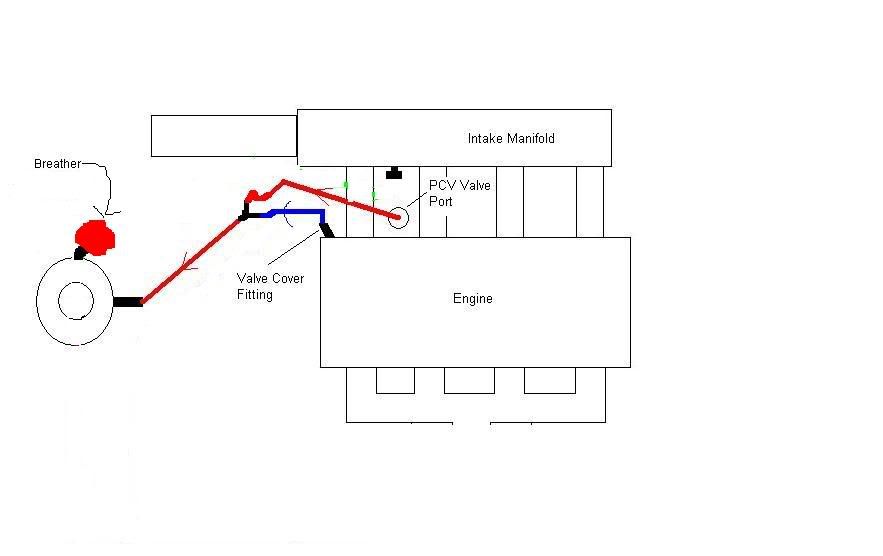so if i read right there is a filter in the black box? If not where is it? how do i change it out? The box is sealed.
The pcv valve is just that "a valve". no filter.no catch can.
the black box is however a "catch can". this is agreeable.
It is a recirculating can witch dumps oil and vapors back in to the oil pan, but there are vapors that make it past the can and end up in the intake tract causing build up and cause a leaning effect on fuel mixture.
The only reason the most bad ass twin turbo cars have a pcv valves is because of the emission stand point.
Someone should go to HT and tell the 8-9 sec drag cars that they are doing it all wrong. LOL!J/K
although keeping a slight vacuum in the crank case will increase performance and sealing in the engine you don't want to recirculate blow by especially with bigger injectors on a boosted engine because of the contamination of fuel mixing with oil.
If you read the post i wrote for cah, i explained to him that he still needed the pcv valve and no external breather, basically a sealed system.
If he wanted a vent to atmosphere system he would need no vacuum source.
the whole point of this is to:
1)keep the contaminated oil from re-entering the oil pan
2)keep the contaminated oil/fuel vapor from re-entering the intake
3)Aide in increased ventilation.
not a point but an up side
you're oiling system will stay cleaner longer, and will not sludge up as a factory system will.
I googled pcv valve.
So, to end thank you for you'r post to further educate us all on how a catch can and pcv system works.
I learned more about it searching the net to give an somewhat educated answer.
BTW you were not being rude.








 Reply With Quote
Reply With Quote









Bookmarks